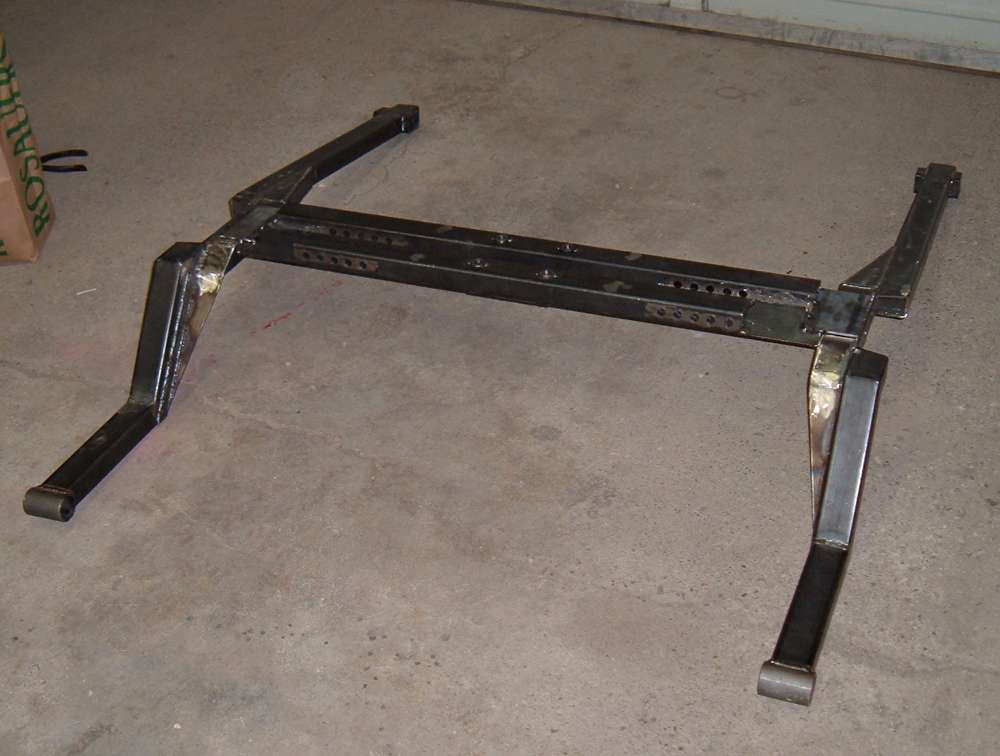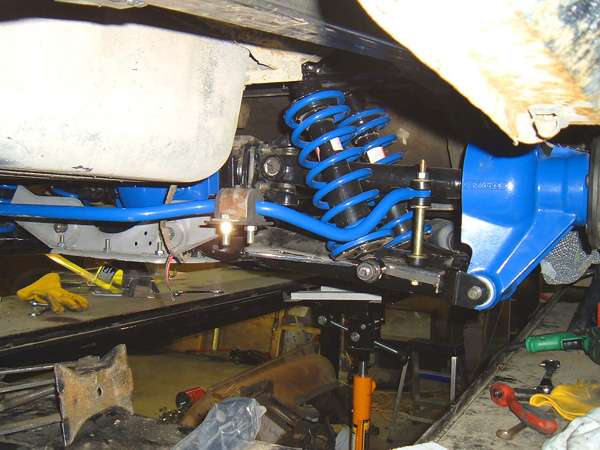I'm in the early planning stages for a 67-68 build, and I was aiming to build a car with moden technology. I'd like to put an IRS under it, but the aftermarket ones I have seen are quite pricey. I did a search here and found some information. Someone mentioned a Jaguar IRS and that led me to CTM Engineering. Looks like they make a nice product, but, again, it may be out of my budget. There was also a mention of a 2003ish Cobra IRS unit.
Does anyone have any suggestions on what the best donor cars might be to find a unit? Which Jags? Which Mustangs? Any others? Are there any affordable aftermarket units?
Does anyone have any suggestions on what the best donor cars might be to find a unit? Which Jags? Which Mustangs? Any others? Are there any affordable aftermarket units?









